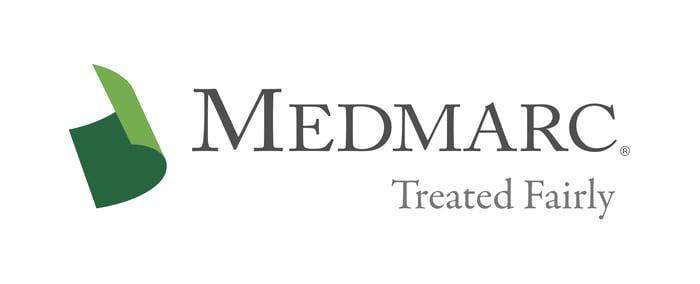FDA, Health Canada, and Medicines and Healthcare Products Regulatory Agency (MHRA) Release Guiding Principles for the Development of Good Machine Learning Practice for AI/ML Medical Devices
The U.S. Food and Drug Administration (FDA) has come together with other international Public Health counterparts to outline a set of ten guiding principles related to medical devices that use artificial intelligence and machine learning (AI/ML). FDA, Health Canada, and the United Kingdom’s Medicines and Healthcare Products Regulatory Agency (MHRA) have set forth these guiding principles in order to support the implementation of uniform global Good Machine Learning Practice (GMLP). GMLP is a set of quality guidelines and regulations that should be followed when implementing machine learning. The FDA’s adoption of these guidelines in unison with other relevant international regulatory bodies signals FDA’s concerted efforts to highlight the importance of international harmonization of GMLP. The guiding principles are intended to “promote safe, effective, and high-quality medical devices that use artificial intelligence and machine learning (AI/ML).”
AI/ML medical devices make use of a relatively new technology that regulatory bodies are grappling with globally. The new guidance document touches on the real value in medical devices using AI/ML and the capability of these devices to deduce information from enormous sets of real-world data generated through daily use. The ten principles identified in the document should be central to the advancement of GMLP by International Medical Device Regulators Forum (IMDRF), international standards organizations, and other collaborative bodies. Below are the ten guiding principles to be set out in the document [1] .
- Multi-Disciplinary Expertise Is Leveraged Throughout the Total Product Life Cycle.
- Good Software Engineering and Security Practices Are Implemented.
- Clinical Study Participants and Data Sets Are Representative of the Intended Patient Population.
- Training Data Sets Are Independent of Test Sets.
- Selected Reference Datasets Are Based Upon Best Available Methods.
- Model Design Is Tailored to the Available Data and Reflects the Intended Use of the Device.
- Focus Is Placed on the Performance of the Human-AI Team.
- Testing Demonstrates Device Performance During Clinically Relevant Conditions.
- Users Are Provided Clear, Essential Information.
- Deployed Models Are Monitored for Performance and Re-training Risks Are Managed.
It is important to keep in mind that this document is not binding law. Rather, it is a guiding tool that should be used in the design, testing, and manufacturing of your AI/ML medical devices. Compliance with the document becomes particularly important if you are aiming to distribute your AI/ML medical device globally across several markets.
For additional resources contact the Marketing department
Phone: 888-633-6272
Medmarc is a member of ProAssurance Group, a family of specialty liability insurance companies. The product material is for informational purposes only. In the event any of the information presented conflicts with the terms and conditions of any policy of insurance offered from ProAssurance, its subsidiaries, and its affiliates, the terms and conditions of the actual policy will apply.
Copyright © 2024 - Medmarc
